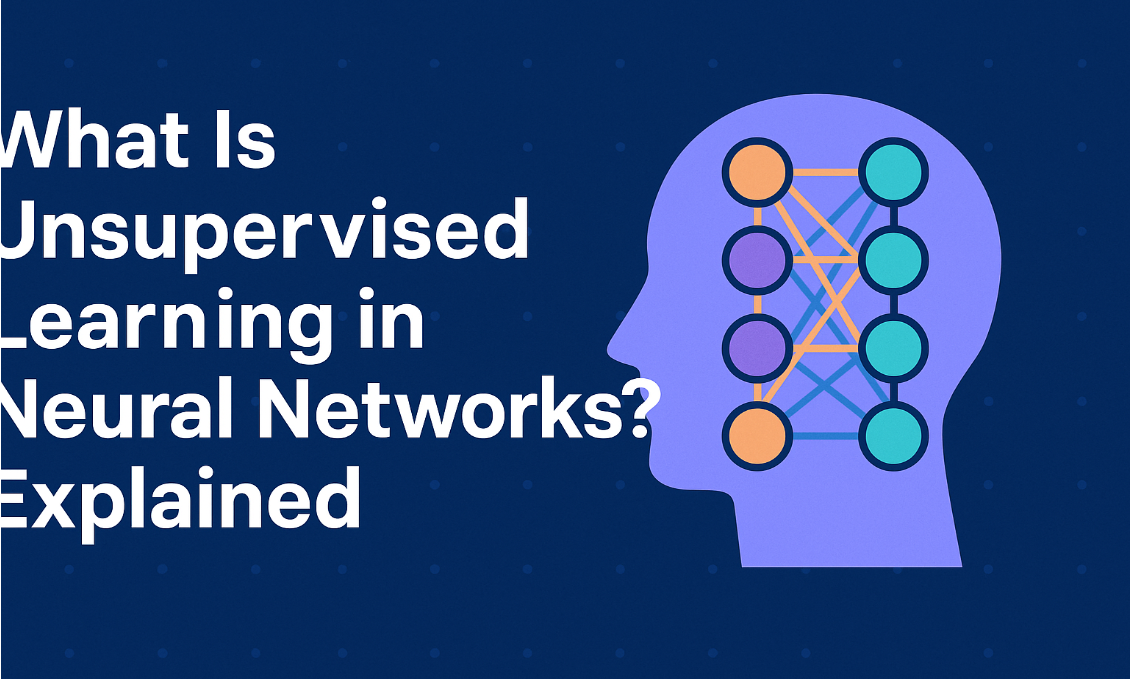
Membership Functions: Fuzzy Rules and Fuzzy Reasoning
Introduction
In the realm of artificial intelligence and decision-making, fuzzy logic plays a crucial role in handling uncertain or imprecise data. At the heart of fuzzy logic lie membership functions, fuzzy rules, and fuzzy reasoning, which help in modeling human-like reasoning in computational systems. This article delves deep into these concepts, covering their history, types, examples, applications, advantages, disadvantages, and problem-solving techniques.
Table of Contents
What is a Membership Function?
A membership function (MF) is a mathematical representation that defines how each input value maps to a membership degree between 0 and 1. It quantifies the degree of belonging of an element to a fuzzy set.
For example, in temperature classification:
Cold: 0 to 20°C
Warm: 15 to 30°C
Hot: 25 to 40°C
In this case, overlapping regions define a degree of belonging, unlike crisp classification.
History of Membership Functions and Fuzzy Logic
Fuzzy logic was introduced by Lotfi Zadeh in 1965 as an extension of classical logic. The concept of membership functions emerged as a way to represent uncertain or imprecise data in computational systems. Over the decades, fuzzy logic has found applications in AI, control systems, and decision-making models.
Types of Membership Functions
Membership functions can take different shapes depending on the nature of the data. Common types include:
Triangular Membership Function: Defined by three points (a, b, c).
Trapezoidal Membership Function: Defined by four points (a, b, c, d).
Gaussian Membership Function: Uses a bell-shaped curve.
Sigmoidal Membership Function: Uses a sigmoid curve to define smooth transitions.
Z- and S-Shaped Functions: Used for smooth transitions at the edges.
Fuzzy Rules and Reasoning
Fuzzy reasoning involves a set of IF-THEN rules where conditions are defined using membership functions. These rules allow systems to make approximate rather than exact decisions.
Example of Fuzzy Rules:
Rule 1: IF temperature is hot, THEN fan speed is high.
Rule 2: IF temperature is cold, THEN heater is on.
Rule 3: IF road is wet, THEN reduce speed.
Fuzzy Inference Process:
Fuzzification: Convert input values into fuzzy values.
Rule Evaluation: Apply fuzzy rules.
Aggregation: Combine results of all rules.
Defuzzification: Convert fuzzy values back to a crisp output.
Examples of Membership Functions in Real Life
Air Conditioners: Adjust cooling intensity based on fuzzy temperature classification.
Automated Braking Systems: Control car braking based on fuzzy distance calculations.
Washing Machines: Determine water level and washing duration based on fabric softness and dirtiness.
Voice Assistants: Interpret commands using fuzzy speech recognition.
Advantages of Membership Functions and Fuzzy Logic
Handles Uncertainty: Works well with vague or imprecise data.
Human-Like Reasoning: Mimics decision-making in real-world scenarios.
Simple Implementation: Easy to design using rule-based systems.
Cost-Effective: Reduces the complexity of control systems.
Disadvantages and Limitations
Subjective Design: Membership functions and rules rely on expert knowledge.
Computational Complexity: Can be slower compared to traditional logic systems.
No Learning Mechanism: Unlike machine learning, fuzzy logic does not learn from data.
Difference Between Fuzzy Logic and Traditional Logic
| Feature | Fuzzy Logic | Traditional Logic |
|---|---|---|
| Values | Ranges between 0 and 1 | Only 0 or 1 (True/False) |
| Decision-Making | Approximate reasoning | Exact reasoning |
| Application | AI, robotics, control systems | Classical computing |
Applications of Fuzzy Logic
Medical Diagnosis: Decision-making in uncertain health conditions.
Stock Market Prediction: Evaluates market trends using fuzzy sets.
Weather Forecasting: Predicts weather based on vague parameters.
Industrial Automation: Optimizes control systems.
Problem-Solving Example Using Fuzzy Reasoning
Scenario: Automated Fan Speed Control
Given Conditions:
Temperature: 35°C
Humidity: 70%
Fuzzy Rules:
IF temperature is hot AND humidity is high, THEN fan speed is very high.
IF temperature is warm AND humidity is moderate, THEN fan speed is medium.
IF temperature is cold, THEN fan speed is low.
Using fuzzy inference, the system determines the fan speed should be 80% of its maximum power.
Conclusion
Membership functions, fuzzy rules, and fuzzy reasoning are essential in handling uncertain data in real-world applications. From AI systems to industrial automation, fuzzy logic provides a powerful way to make flexible and intelligent decisions.
FAQ Section (H2)
Q1: What are membership functions in fuzzy logic?
A membership function defines the degree to which an element belongs to a fuzzy set, ranging from 0 to 1.
Q2: What are the types of membership functions?
Common types include triangular, trapezoidal, Gaussian, and sigmoidal membership functions.
Q3: What is the role of fuzzy rules in a fuzzy system?
Fuzzy rules define how input variables interact and determine the output based on linguistic variables.
Q4: How does fuzzy reasoning work?
Fuzzy reasoning applies fuzzy logic principles to make approximate decisions based on imprecise or uncertain data.
Q5: What are the advantages and disadvantages of fuzzy logic?
Advantages: Handles uncertainty, mimics human decision-making, and works well with incomplete data.
Disadvantages: Computationally intensive and requires expert knowledge to design fuzzy rules.
Q6: Where is fuzzy logic used in real life?
It is widely used in AI, robotics, image processing, medical diagnosis, and control systems like washing machines and air conditioners.
User Comment Suggestion:
???? "Great article! I finally understand how membership functions and fuzzy reasoning work. Can you provide more real-life examples?"
???? "Awesome explanation! Could you write about how fuzzy logic compares to machine learning?"
These elements will help improve engagement and increase Google ranking for your blog. ???? Let me know if you need any modifications! ????








